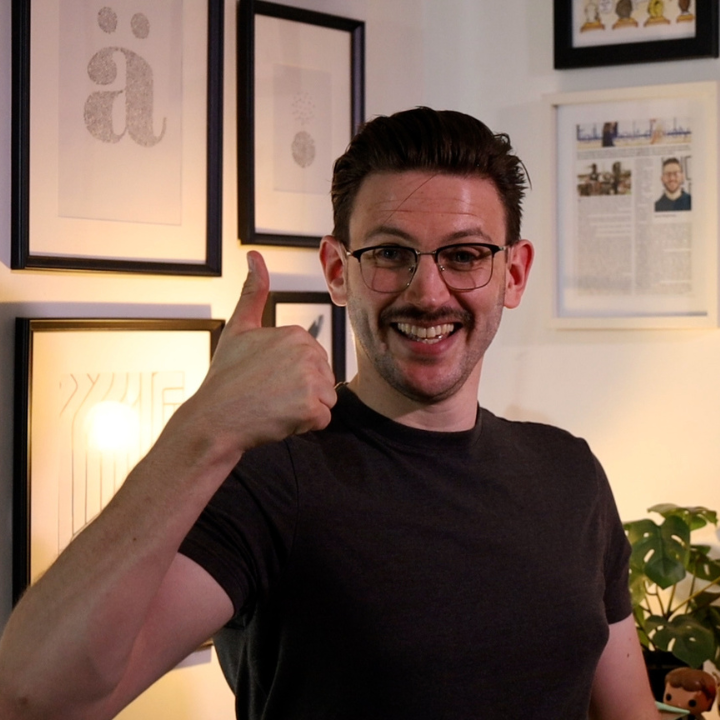Rebranding Safety with Sonny White – Fire Alarm Considerations for People with Sensory Sensitivities

Overview
This article tells the story of Sonny White, a teenager who saw a problem in fire safety and decided to fix it. 14-year-old Sonny noticed how loud fire alarms negatively affected people with sensory sensitivities, especially in special needs schools. Instead of ignoring it, he spoke up, got to work, and helped create new industry guidance that’s making real change.
You’ll learn what he did, why it matters, and how you can make fire safety better for everyone in your building.
Rebranding Safety with Sonny White – Fire Alarm Considerations for People with Sensory Sensitivities
You know those loud, flashing fire alarms? For many of us, they’re simply annoying. Unfortunately, for people with sensory sensitivities, such as those who have autism or anxiety, they can be overwhelming, even painful.
Sonny saw this first-hand during a school fire drill. He noticed:
- People covering their ears
- Some are becoming extremely anxious
- Others are running around in panic
- Lessons were disrupted for long periods
The worst part is that everyone acted like this was normal. Sonny didn’t agree.
What He Did About It
Sonny didn’t just complain. He decided to change the system.
Here’s what he did:
- Spoke to his mum, who works in the fire industry
- Read British Standards (BS 5839) to understand the rules
- Collected data from his school fire drills
- Presented a webinar to safety professionals
- Worked with experts to write new guidance for buildings
At 15, Sonny co-authored an industry-recognised fire safety guidance document to support people with sensory needs.
What’s in the New Guidance?
The guidance Sonny helped create focuses on simple, practical changes. It doesn’t need to cost a fortune, either.
Some examples:
- Turn the volume down on alarms, especially in quiet spaces like special needs classrooms
- Use calmer sounds instead of harsh, shrill beeping
- Swap alarms for voice messages like “Please leave the building calmly.”
- Add a short delay before triggering full alarms, allowing staff to check if it’s a real emergency
- Reduce flashing lights in rooms where they may cause distress
It’s about thoughtful design, in addition to ticking boxes.
Why This Matters for Everyone
People with sensory sensitivities are everywhere. They are in schools, shops, hospitals, offices, and homes. You may not see their challenges, but the environment affects them the same.
The best part of Sonny’s message?
Fire safety should be about real people, not only rules.
By thinking about how alarms feel, not how they sound, you can:
- Help everyone feel safer
- Avoid panic and distress
- Save lesson time, productivity, and reduce false evacuations
Sonny’s Simple Advice for You
Sonny says the most important thing is to listen to people who use the building. Whether you’re a school manager, risk assessor, or facilities lead, the goal is to help, not overwhelm.
He encourages:
- Making changes based on real-life needs
- Working as a team, risk assessors, engineers, and building owners should all talk to each other
- Using guidance to support decisions, not control them
“Just because it’s always been done one way, doesn’t mean it’s the best way.”
What’s Next for Sonny?
Even after launching this first guide, Sonny’s not stopping. He’s already working with the FIA (Fire Industry Association) and other experts on a follow-up document. It even provides more detailed advice for designers and building owners.
Final Thoughts
Sonny’s story is more than about fire alarms. It’s about doing something when you see a problem.
He didn’t wait until he was older or more qualified. He used his voice, lived experience, and the support around him to make a real difference. Thanks to that, buildings across the UK and beyond are now becoming more inclusive and safer.
Ask yourself:
- Are the systems in your building working for your people?
- Could small changes make a big difference?
- Who’s being left out of the conversation, and how can you include them?
Be curious. Be bold. Be Risk Fluent.
Frequently Asked Questions (FAQs)
What qualifications do I need to start in health and safety?
Start with a Level 3 qualification like the NEBOSH General Certificate or an NVQ.
Can I transition to health and safety from another career?
Yes, many professionals transition from roles like operations management or the armed forces.
Is health and safety a stressful job?
It can be challenging, but the rewards often outweigh the stress.
How much can I earn in a health and safety role?
Entry-level salaries begin at around £25,000, with senior roles reaching £70,000 or more.
What industries offer the best opportunities in health and safety?
Construction, manufacturing, and energy sectors often have the most demand for health and safety professionals.
Ready to talk?
Let’s get together on a call to see where we can support you and add value to your business with structured health & safety consulting.
Let’s talk
For a quote, complete the form below and arrange a discovery call where we can chat though your requirements.

Has over 12 years of experience in safety and fire across various industries like healthcare, housing, and manufacturing. As the Managing Director at Risk Fluent and host of the “Rebranding Safety” podcast and YouTube channel, he is committed to making safety discussions engaging. James’s innovative approach and dedication to rebranding safety have made him a respected figure in the field.





